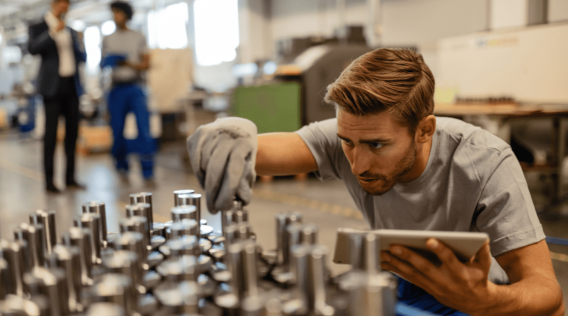Aluminum is a versatile and widely used material in various industries, known for its lightweight, durability, and excellent heat conductivity. Two common manufacturing methods for aluminum products are casting and extrusion. Both processes have their advantages and disadvantages, but understanding the differences between cast aluminum and extruded aluminum can help determine which option is the better choice for specific applications.
Cast aluminum is produced by pouring molten aluminum into a mold and allowing it to solidify. This process allows for complex shapes and intricate designs to be created. On the other hand, extruded aluminum is formed by pushing a heated aluminum billet through a die to create a continuous profile with a consistent cross-section.
One significant advantage of cast aluminum is its ability to create complex shapes. Since the molten aluminum is poured into a mold, it can be easily customized to meet specific design requirements. This makes cast aluminum a preferred option for decorative or artistic applications where intricate designs are desired. Cast aluminum also has excellent strength and rigidity, making it suitable for heavy-duty applications such as automotive engine components and aircraft parts.
In contrast, extruded aluminum offers several advantages that make it a popular choice for many applications. One of the main benefits of extrusion is its cost-effectiveness. The extrusion process allows for high-speed production and minimal material waste, making it a more economical option compared to casting. Additionally, extruded aluminum profiles have consistent dimensions and a smooth surface finish, making them ideal for applications that require precision and aesthetics, such as architectural components and framing systems.
Another advantage of extruded aluminum is its superior strength-to-weight ratio. The extrusion process aligns the aluminum\’s grain structure, resulting in a product with enhanced mechanical properties. This makes extruded aluminum suitable for applications that require high strength and structural integrity, such as heat sinks, support beams, and frames for industrial equipment.
When it comes to heat dissipation, both cast aluminum and extruded aluminum have their strengths. Cast aluminum has a higher thermal conductivity due to its composition and structure, making it an excellent choice for applications that require efficient heat transfer. Extruded aluminum, although slightly lower in thermal conductivity, has the advantage of being able to incorporate fins or other cooling features into the profile design. This makes extruded aluminum the preferred choice for heat sinks and other heat management applications.

In terms of manufacturing complexity, cast aluminum is more suitable for low to medium volume production due to the cost and time involved in creating molds. On the other hand, extruded aluminum is well-suited for high volume production as it can easily be extruded in long lengths and then cut or fabricated into the desired shapes.
In conclusion, both cast aluminum and extruded aluminum have their unique advantages and applications. Cast aluminum is preferred for its ability to create complex shapes and its strength, making it suitable for decorative and heavy-duty applications. On the other hand, extruded aluminum offers cost-effectiveness, consistent dimensions, and superior strength-to-weight ratio, making it the better option for precision, architectural, and structural applications. Ultimately, the choice between cast aluminum and extruded aluminum depends on the specific requirements of the application at hand.
-

- OEM ڈائی کاسٹنگ کارخانہ دار میگنیشیم الائے آٹو ڈیش بورڈ تیار کرتا ہے۔
-

- Magnesium Aluminium alloy die casting parts Chain cover for automotive
-

- میگنیشیم ماؤنٹین بائیک فریم
-

- Thixomolding magnesium parts & components mobile phone middle board
-

- Customized die-casting parts&components
-

- بائیسکل فری ہب 12/14/16 انچ چلڈرن بائیک لو رائیڈر بائیکس میگنیشیم ایلومینیم الائے بچوں کی بائیسکل 3-8 سال پرانی ان اسٹاک میں

 0086-750-5616188
0086-750-5616188 +86 13392089688
+86 13392089688 sales@zhongmei-tech.com
sales@zhongmei-tech.com







